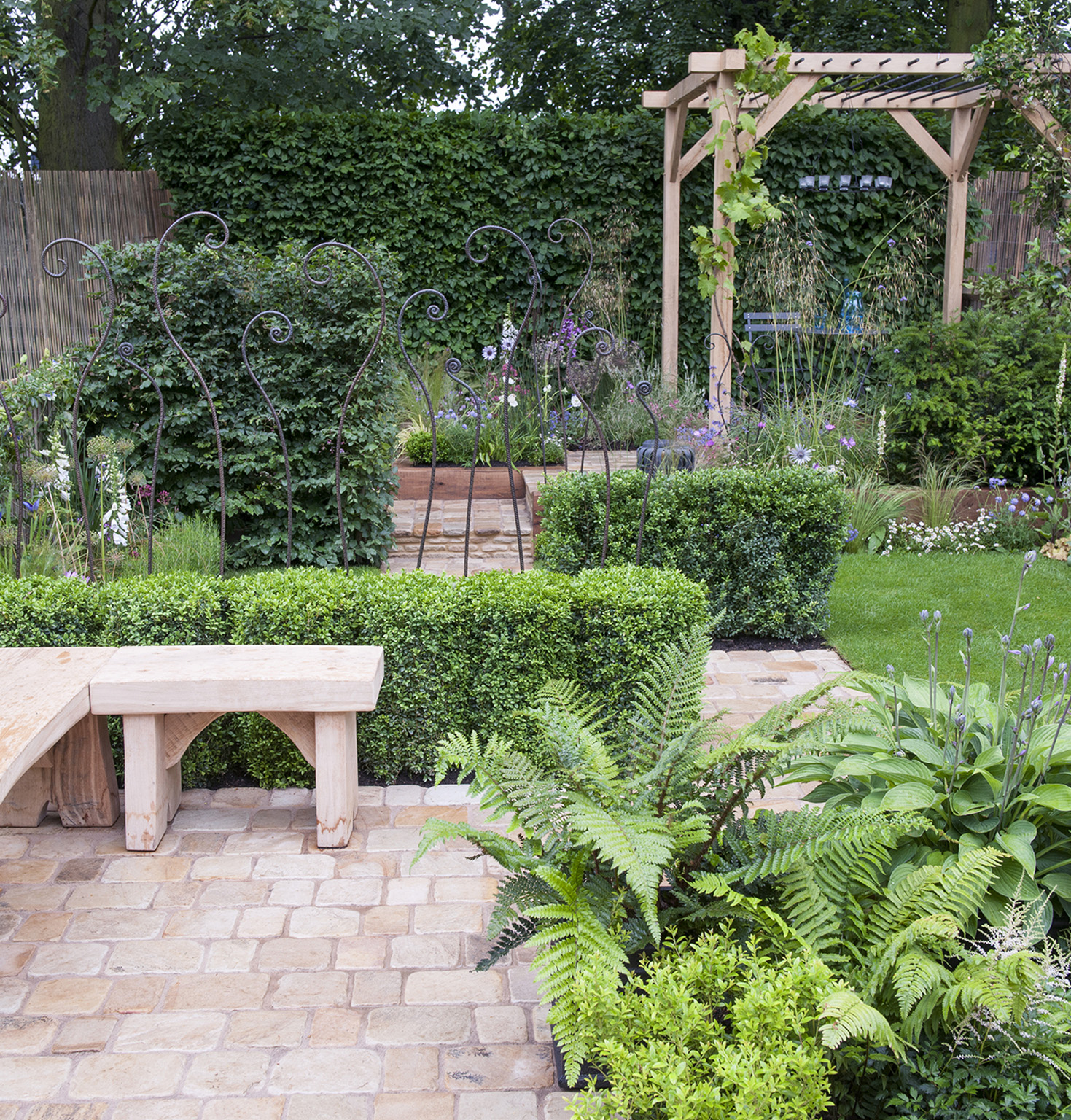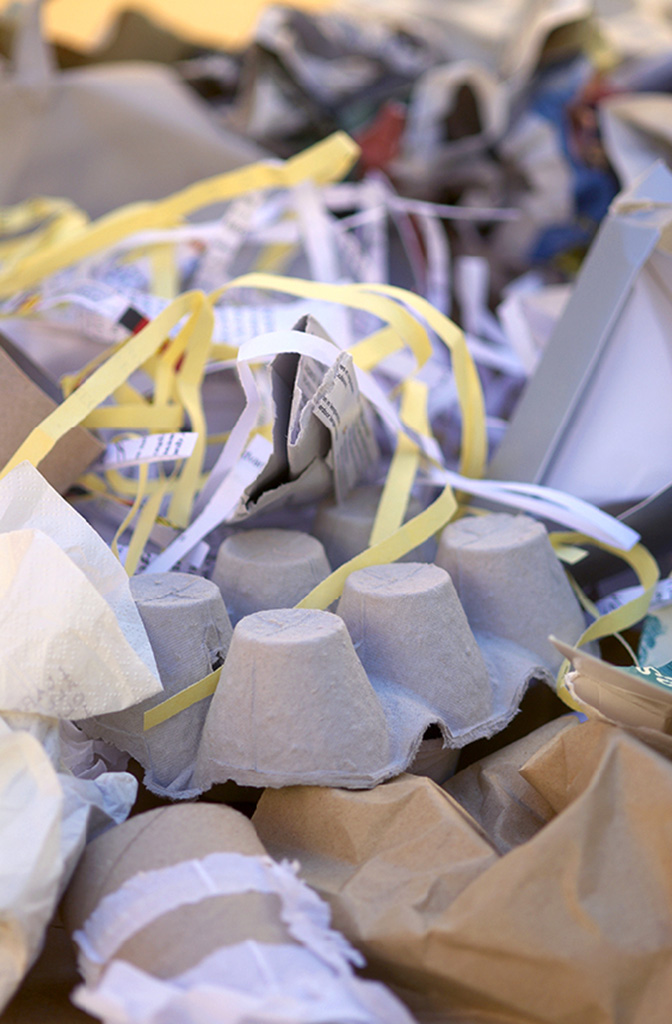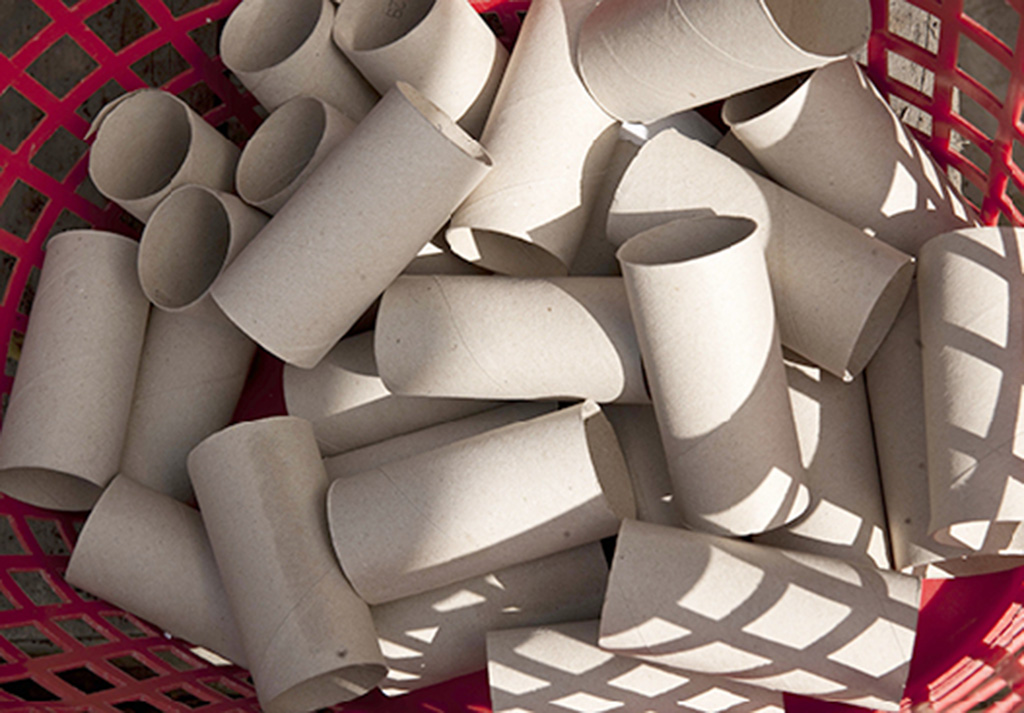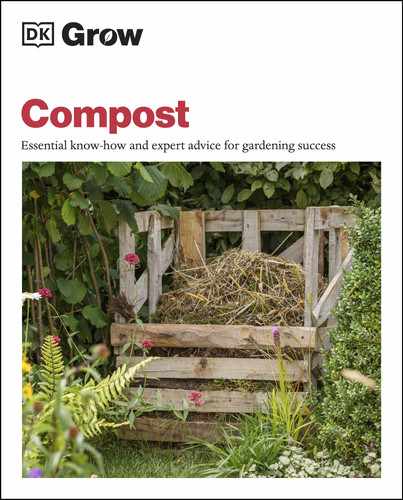The High-Fiber method
Owners of small gardens often generate insufficient carbon-rich natural materials to balance the nitrogen-rich greens produced in the kitchen. A simple way to solve this problem is to use the large volumes of paper and cardboard waste that many households accumulate. The experts have dubbed this the “high-fiber” method because the paper performs a similar digestive function as fibrous foods do in our own diet.

Use the high-fiber method if your garden does not produce much carbon-rich woody waste throughout the year.
High-fiber essentials
The high-fiber method of composting is good for owners of small gardens without space for a large hot compost bin, and for people using the conical models available from local councils. However, it will work best in a bin with a capacity of 68 gallons (300 liters) or more, so buy or make the largest model you can fit into your garden.
Working in a similar way to cool composting, this method produces compost slowly and the contents of the bin will not heat up sufficiently to kill weeds and plant pathogens, so make sure you do not add these to the mix. It replaces carbon-rich materials from the garden, such as twigs, shredded wood, and leaves, with cardboard and other paper products. These are needed to create the “bread” in the compost sandwich and provide energy for the decomposers, while also maintaining a good structure to keep the bin aerated. A deficiency of browns leads to a soupy, airless mix that will smell and emit toxic gases that pollute the atmosphere.

The high-fiber method uses assorted waste from the kitchen.
How to fill your bin
As well as collecting your green kitchen waste, put aside cardboard packaging and paper products, removing any tape and staples before you do so. You can store these greens and browns separately or mix them up, but make sure the paper and card is scrunched up before adding it to your bin. Tear larger items such as boxes into irregular-shaped pieces, if you cannot scrunch them up easily, but do not flatten them, as this will squeeze out the air. As a guide, try to create fist-sized balls, though the pieces can be slightly smaller or larger without creating a problem.
To start off your bin, put a 8–12in (20–30cm) layer of scrunched-up paper and card in the bottom, together with a couple of spadefuls of homemade compost or garden soil to populate the contents with decomposers. Worms are particularly useful for this method, so collect a few after it has rained and they have surfaced in the garden. If you cannot find any worms, buy them from fishing-tackle or wormery suppliers. Then simply fill up the bin with the soft green waste from the kitchen and garden. If you want to add grass clippings, limit them to layers of no deeper than 6in (15cm), or add more paper and cardboard if you have a larger amount. You can add layers of twigs too, but include more greens if you notice composting slowing down or stopping.

Egg cartons do not need to be scrunched up because they already have plenty of air.
Removing the compost
The high-fiber method will take up to a year to produce crumbly, sweet-smelling compost, which you can harvest from the bottom of the bin. If you are adding to the bin regularly, you will also have an uncomposted layer at the top, which you can either remove and fork into a second bin, if you have one, or put it aside while you take out the composted material. Also remove the worm-rich layer just below it and add to a second bin or set it aside along with the uncomposted items. You can then fill the empty bin with cardboard, paper, and compost, as described above, adding the uncomposted and worm-rich material on top.

When removing the compost, take out the worm-rich layer just below the surface to start the process again.
Making Compost | THE HIGH-FIBRE METHOD
HIGH-FIBER FACTS
Examples of compostable paper and cardboard suitable for a high-fiber bin include the following: used tissues • kitchen towels • other crumpled papers • cereal boxes • other cardboard packaging • toilet paper centers • egg boxes • paper bags
Add these materials if you run out of the items above, but try not to include them in large volumes since they are better recycled into new paper: newspapers • magazines • office paper • junk mail
Do not add these products, which contain plastics: drinks cartons • laminated magazine covers and greetings cards • laminated food packaging

Scrunched-up inner tubes of toilet paper make excellent ingredients for a high-fiber compost bin.
Making Compost | THE HIGH-FIBRE METHOD
NEED TO KNOW
The experts who devised the high-fiber method suggest using a partial cover over the bin, such as a plastic sheet or similar waterproof material, held in place with old carpet or a large stone. This allows rainwater in to keep the contents hydrated, while limiting nutrient leaching. When prolonged heavy rain is forecast, pull the covering over the entire bin to prevent waterlogging.
